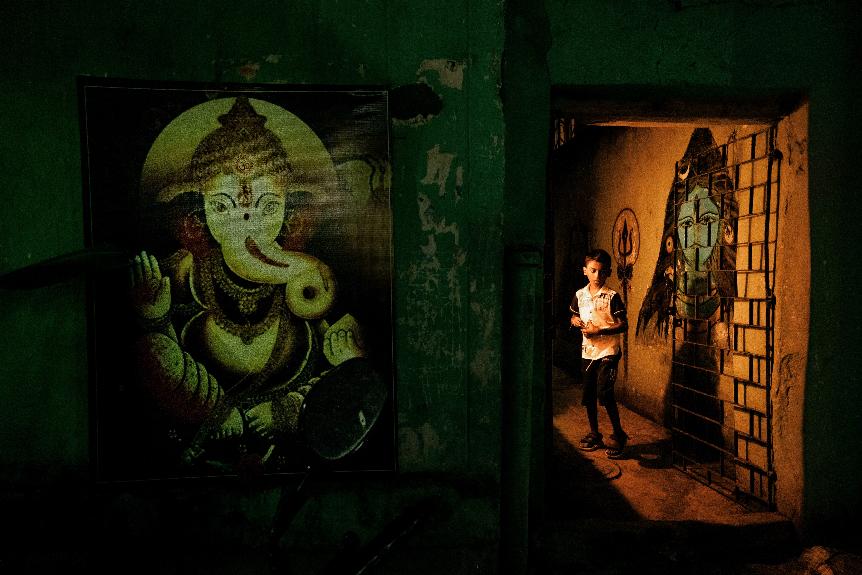No products in the cart.

Do you ever find yourself longing for the vibrant colors and nostalgic imagery of the 1980s? Look no further than vaporwave art, which expertly captures the essence of this iconic era.
Through its synthesized soundscapes, glitch aesthetics, and references to pop icons, vaporwave takes you on a journey back in time.
This art form celebrates retro futurism and the commodification of consumerism, all while creating a visually distorted and warped experience.
Get ready to immerse yourself in the mesmerizing world of vaporwave.
In the world of vaporwave art, you can't help but be drawn to the vibrant neon colors and nostalgic imagery that capture the essence of 1980s aesthetics. These elements play a crucial role in evoking the retro gaming and vintage fashion of that era.
The use of neon colors in vaporwave art creates a visually striking experience that harkens back to the neon lights and vibrant hues of the 80s. These colors, such as electric blues, hot pinks, and fluorescent yellows, are often juxtaposed with softer pastel tones, adding depth and complexity to the artwork.
Additionally, the nostalgic imagery found in vaporwave art often includes references to iconic 80s video games and fashion trends. This combination of neon colors and nostalgic imagery creates a unique visual language that transports viewers back to the 1980s, allowing them to experience the vibrant and technologically-driven era through a contemporary lens.
Continue immersing yourself in the world of vaporwave art as you explore the synthesized soundscapes and electronic beats that further capture the essence of 1980s aesthetics. One of the defining characteristics of vaporwave is its ability to evoke a sense of retro nostalgia and digital nostalgia through its unique use of music. The synthesized soundscapes and electronic beats found in vaporwave songs are reminiscent of the music produced during the 1980s. They transport you to a time when electronic music was on the rise and the use of synthesizers became increasingly popular. The table below showcases some of the key elements of vaporwave music that contribute to its nostalgic appeal:
| Elements of Vaporwave Music | Description |
|---|---|
| Sampled Tracks | Vaporwave often samples songs from the 1980s and beyond, creating a collage of sounds that feels both familiar and new. |
| Pitch Shifted Vocals | Manipulating vocals to create a dreamy, ethereal effect is a common technique used in vaporwave music. |
| Lo-fi Production | Vaporwave embraces the imperfections of lo-fi production, adding to its nostalgic charm. |
| Slow Tempo | Many vaporwave tracks have a slow, relaxed tempo that allows the listener to fully immerse themselves in the music. |
Through its synthesized soundscapes and electronic beats, vaporwave music captures the retro nostalgia and digital nostalgia of the 1980s, providing a sonic experience that transports you back in time.
As you delve deeper into the world of vaporwave art, you'll further explore how retro technology and glitch aesthetics contribute to capturing the essence of 1980s aesthetics. The combination of analog nostalgia and digital decay creates a unique visual style that resonates with the aesthetics of the era.
Here are three key ways in which retro technology and glitch aesthetics enhance the vaporwave experience:
Delve deeper into the world of vaporwave art and explore how cultural references and pop icons from the 1980s contribute to capturing its essence.
Vaporwave art draws heavily from influences in Japanese culture and anime, incorporating their distinct aesthetics into its visual language. This can be seen in the use of vibrant colors, neon lights, and futuristic landscapes reminiscent of cyberpunk anime. These references not only pay homage to the cultural impact of Japanese media but also create a sense of nostalgia for those who grew up during that era.
Additionally, vaporwave art often incorporates vintage advertising and packaging, further evoking the nostalgic feel of the 1980s. By using these cultural references and pop icons, vaporwave art captures the essence of the 1980s and creates a unique visual experience that resonates with viewers.
Exploring the world of vaporwave art, you'll notice how visual distortion and warped visuals play a crucial role in capturing the essence of 1980s aesthetics. Through strategic visual manipulation, vaporwave artists create a sense of digital nostalgia that transports viewers back to the era of VHS tapes and retro video games.
Here are three ways in which visual distortion and warped visuals contribute to the overall aesthetic:
The commodification of consumerism is another aspect that vaporwave art explores, delving into the ways in which the aesthetics of the 1980s were shaped by the commercialization of everyday life. Vaporwave art provides an ironic commentary on the rampant consumerism of the era, offering a critical lens through which to view the excesses and superficiality of the capitalist system.
By appropriating and remixing imagery from advertising, corporate logos, and product packaging, vaporwave artists expose the manipulation and commodification of consumer desires. Through their use of vibrant colors, glitchy visuals, and retro-futuristic motifs, they create a visual language that both celebrates and critiques the consumerist culture of the 1980s.
Vaporwave art serves as a consumerist critique, inviting viewers to question the values and priorities promoted by the capitalist system.
Immerse yourself in the vibrant world of vaporwave art, celebrating the essence of 1980s aesthetics through a captivating exploration of retro futurism. Vaporwave art is a genre that embraces futuristic nostalgia, blending elements of the past with visions of the future.
Through artistic reinterpretation, vaporwave artists transport you to a time where technology was on the cusp of a revolution, and the possibilities seemed endless.
Here are three ways vaporwave art captures the spirit of retro futurism:
Through its fusion of past and future, vaporwave art invites you to reimagine the 1980s through a retro futuristic lens, capturing the essence of the decade while offering a fresh perspective on the world we live in today.
The use of neon colors and nostalgic imagery in vaporwave art is associated with the essence of 1980s aesthetics because of the influence of 1980s fashion trends and the role of consumerism and capitalism in the development of vaporwave aesthetics.
Some of the most popular synthesized melodies and lofi beats used in vaporwave music include smooth jazz samples, ambient soundscapes, and slowed down R&B tracks. These elements contribute to the nostalgic and dreamy atmosphere of the genre.
By incorporating retro technology and glitch aesthetics, vaporwave art captures the essence of the 1980s. The use of outdated technology and intentional glitches creates a nostalgic and surreal atmosphere, evoking the spirit of a bygone era.
In vaporwave art, influential fashion icons can be seen, along with cultural references that extend beyond the 1980s. These elements contribute to the overall aesthetic and help capture the essence of the era.
The visual distortion and warped visuals in vaporwave art enhance your nostalgic experience by immersing you in the lo-fi textures and VHS effects of the 1980s. The incorporation of Japanese aesthetics adds another layer of cultural nostalgia.
